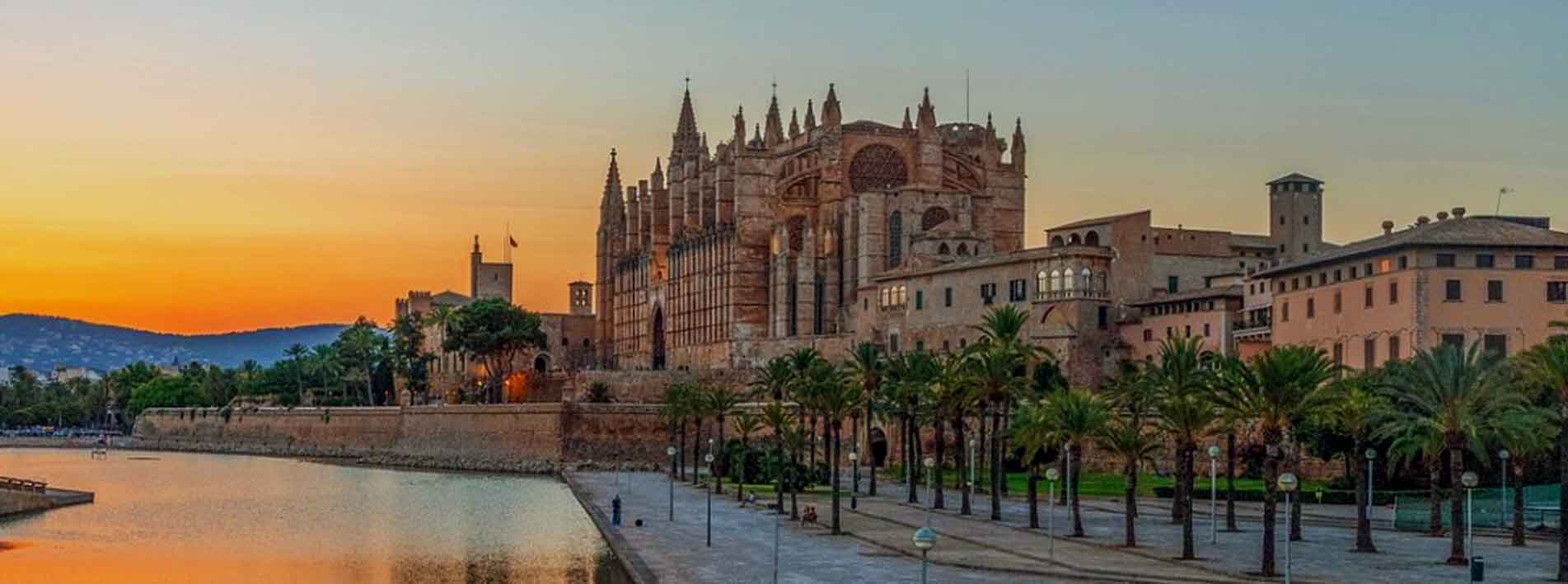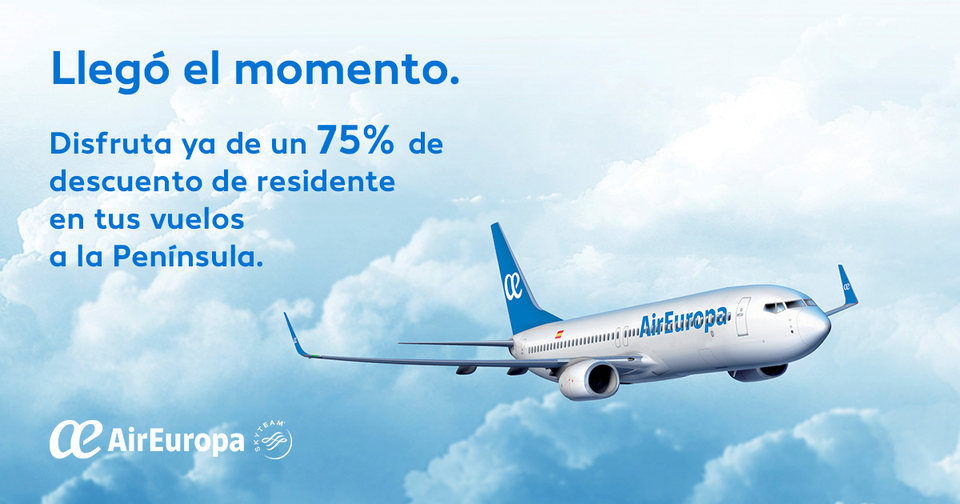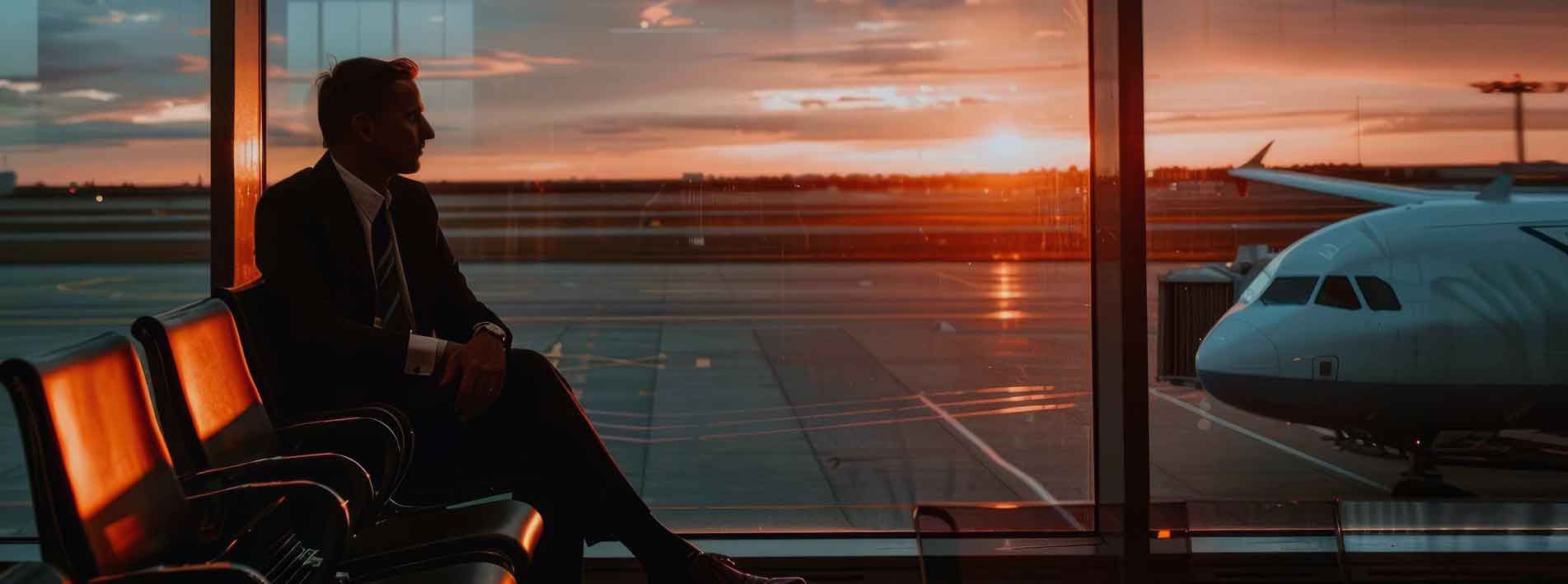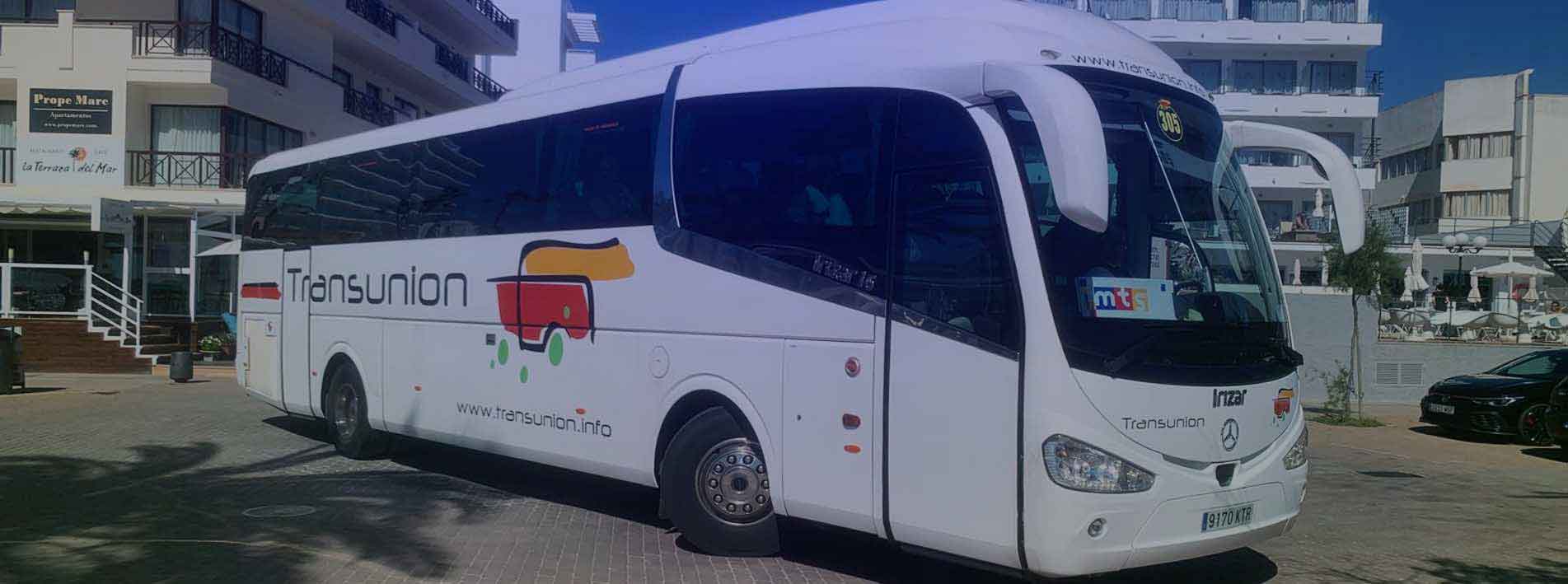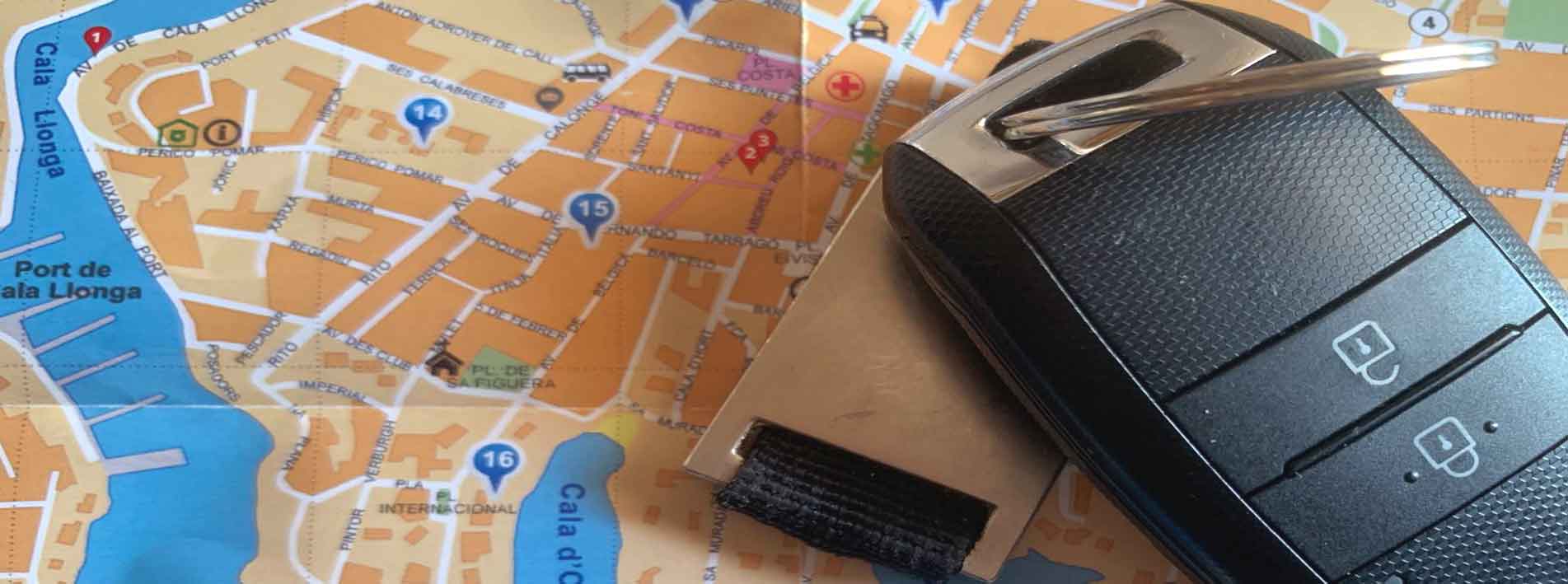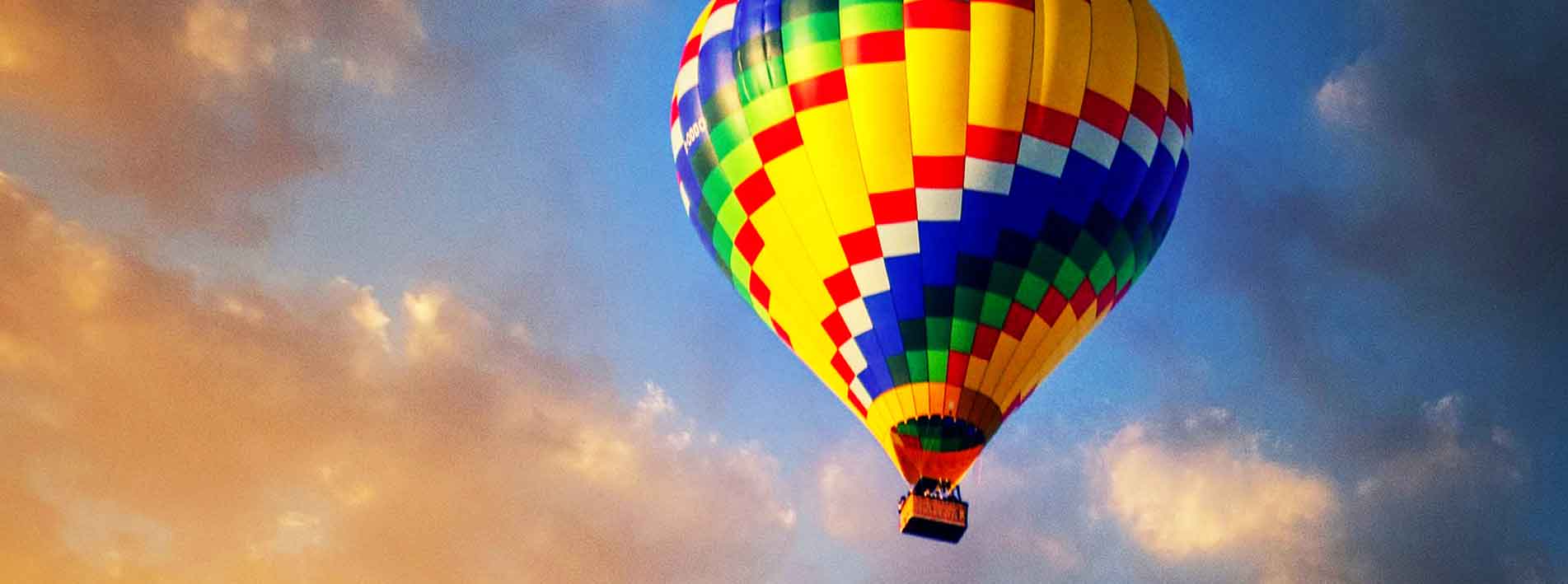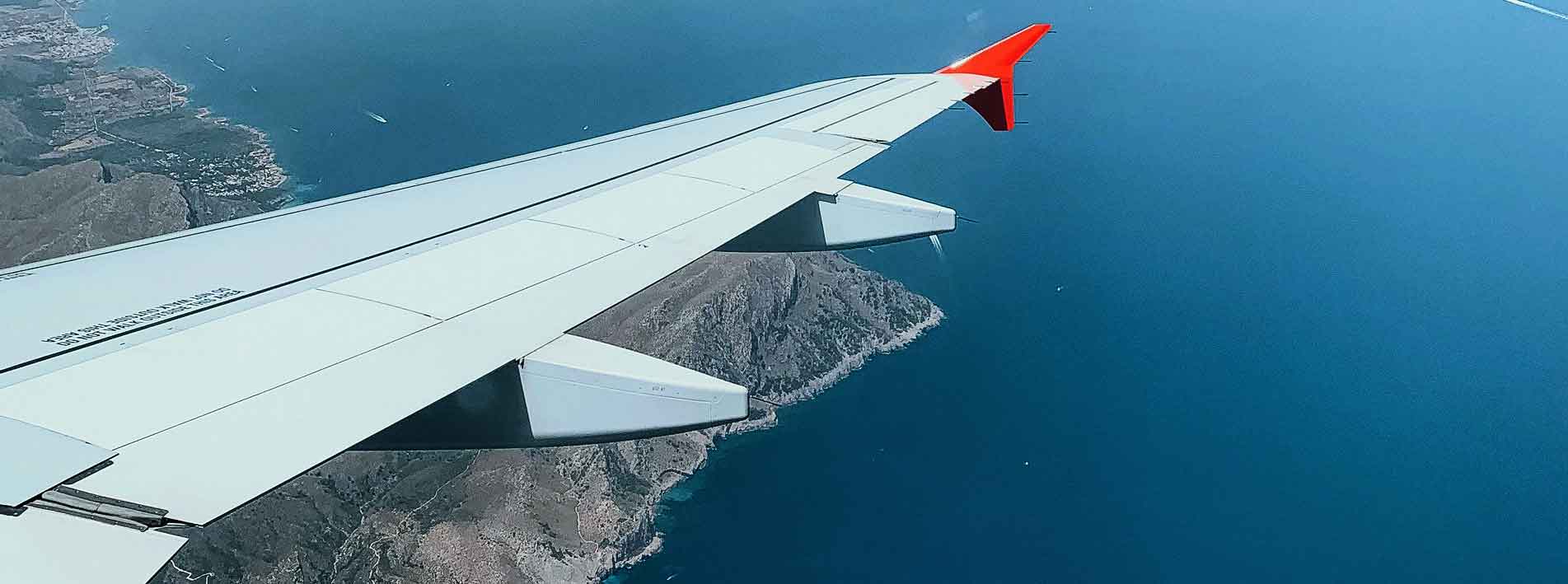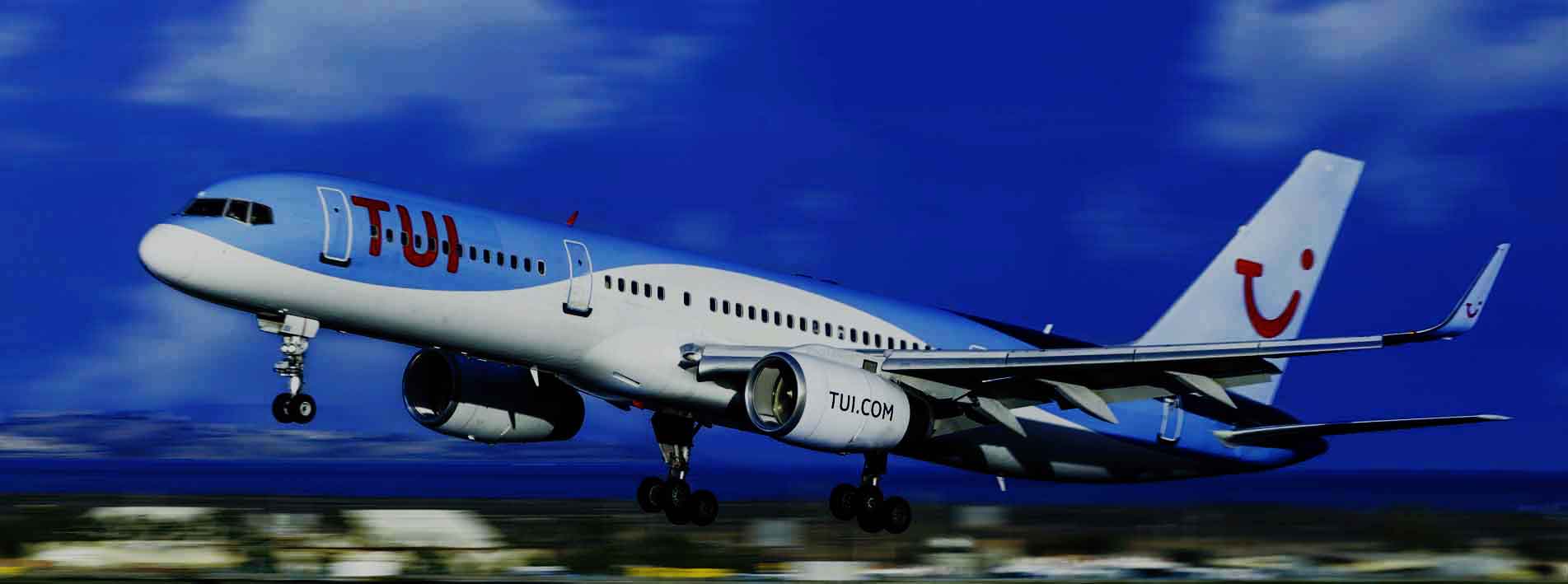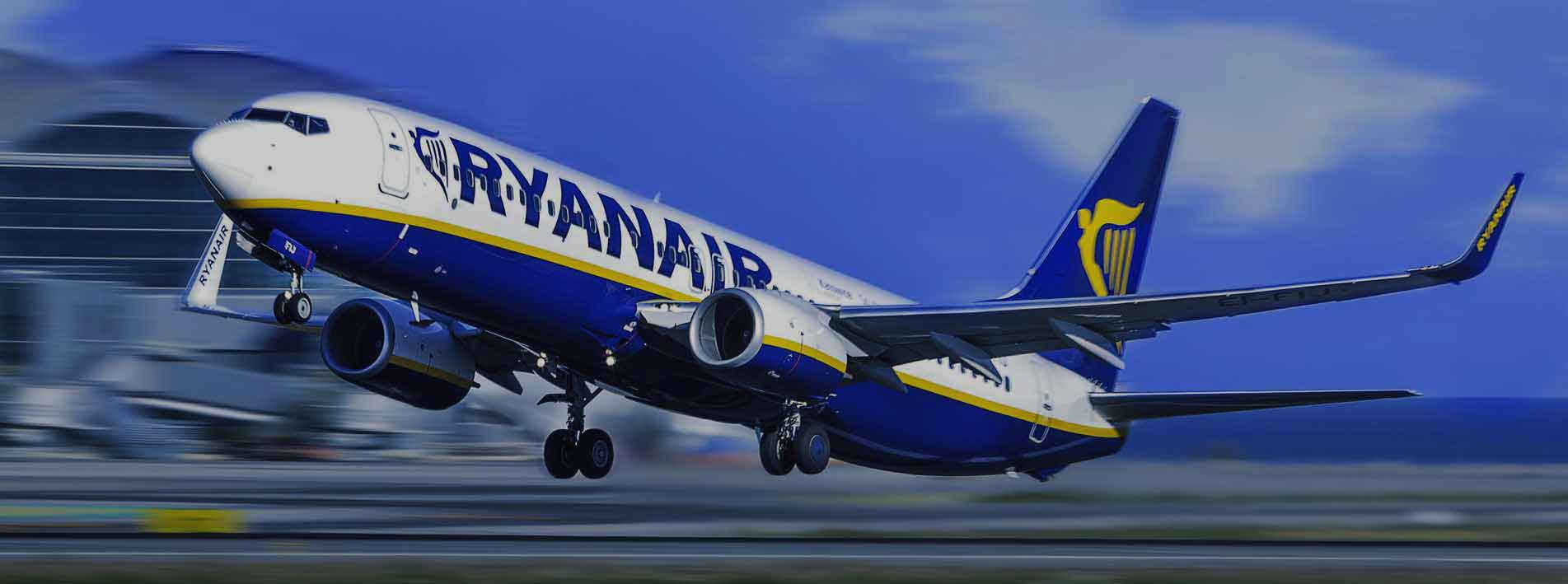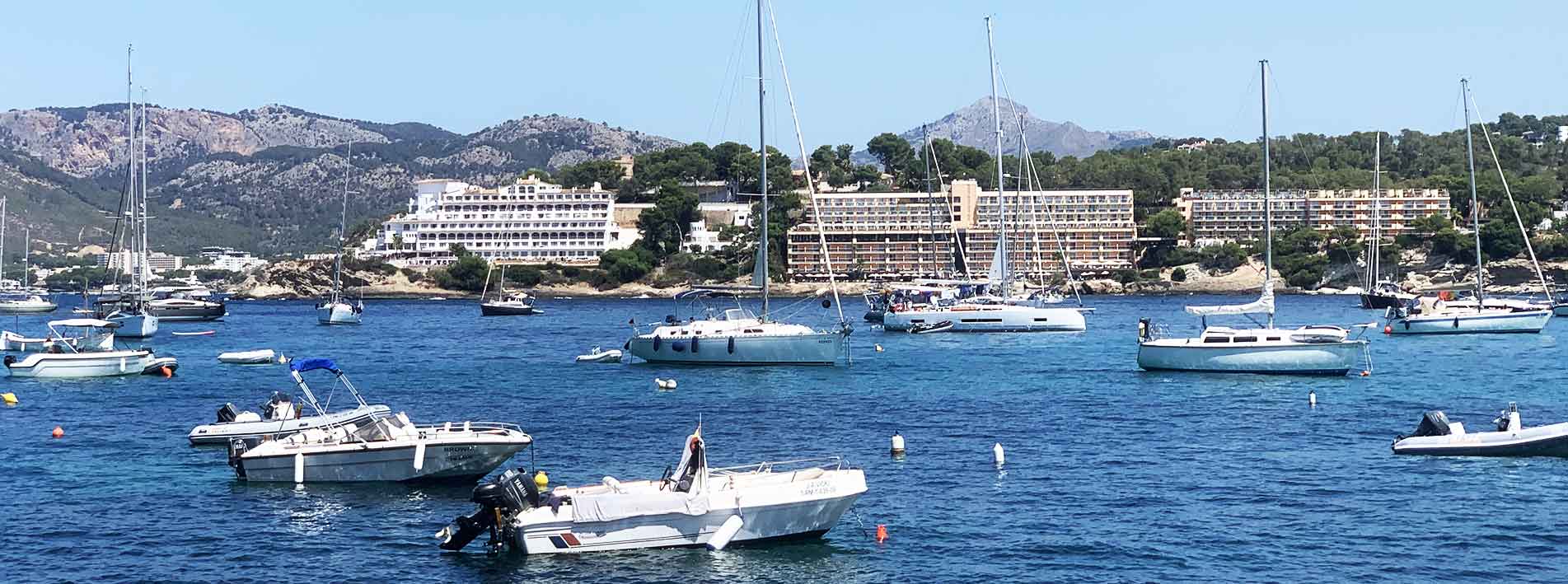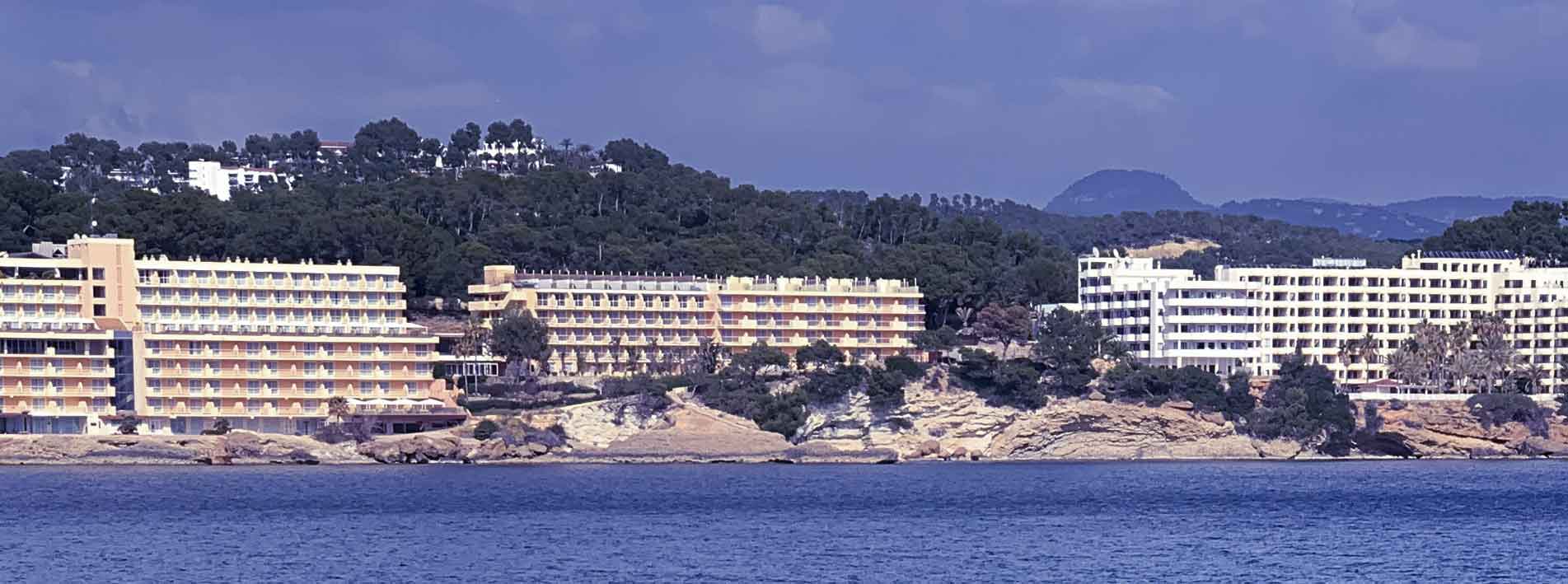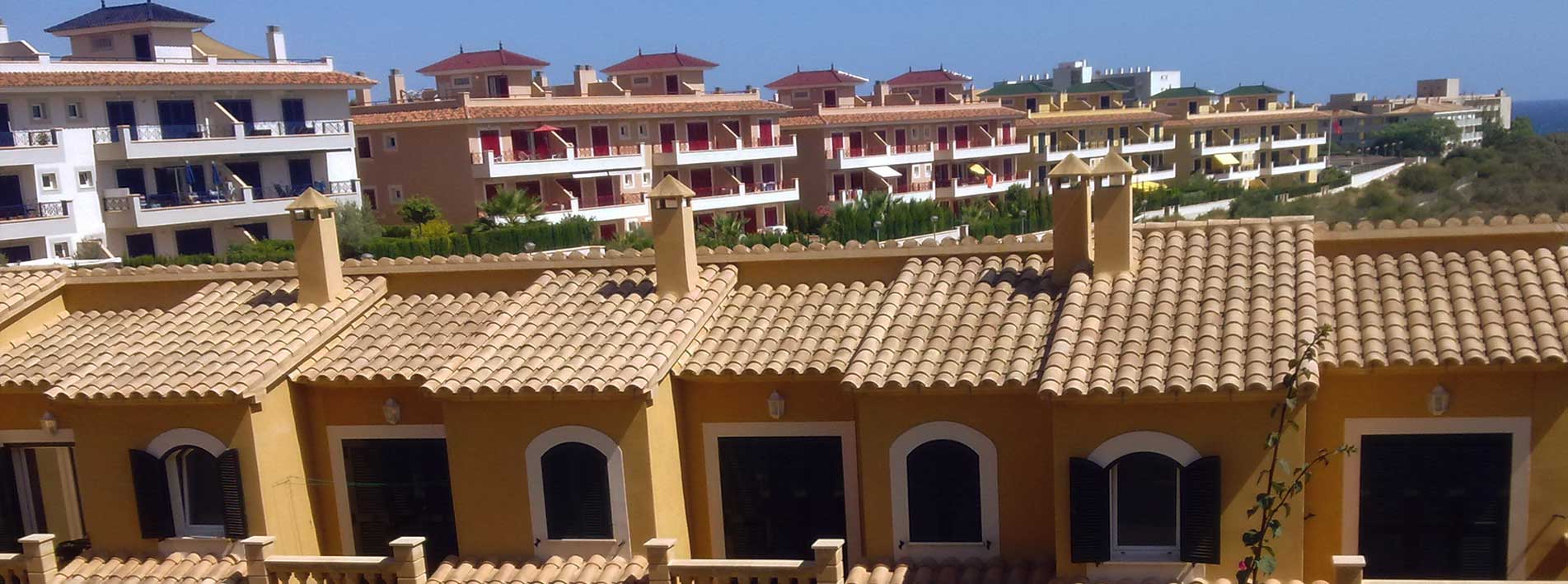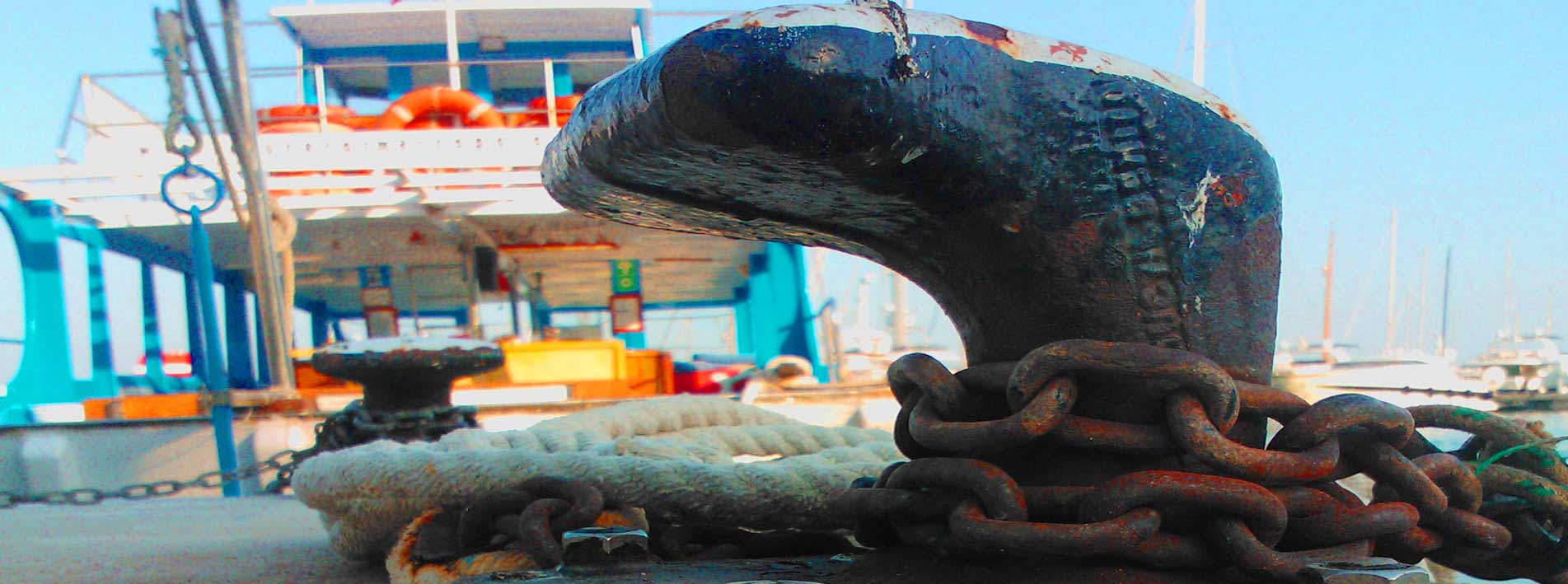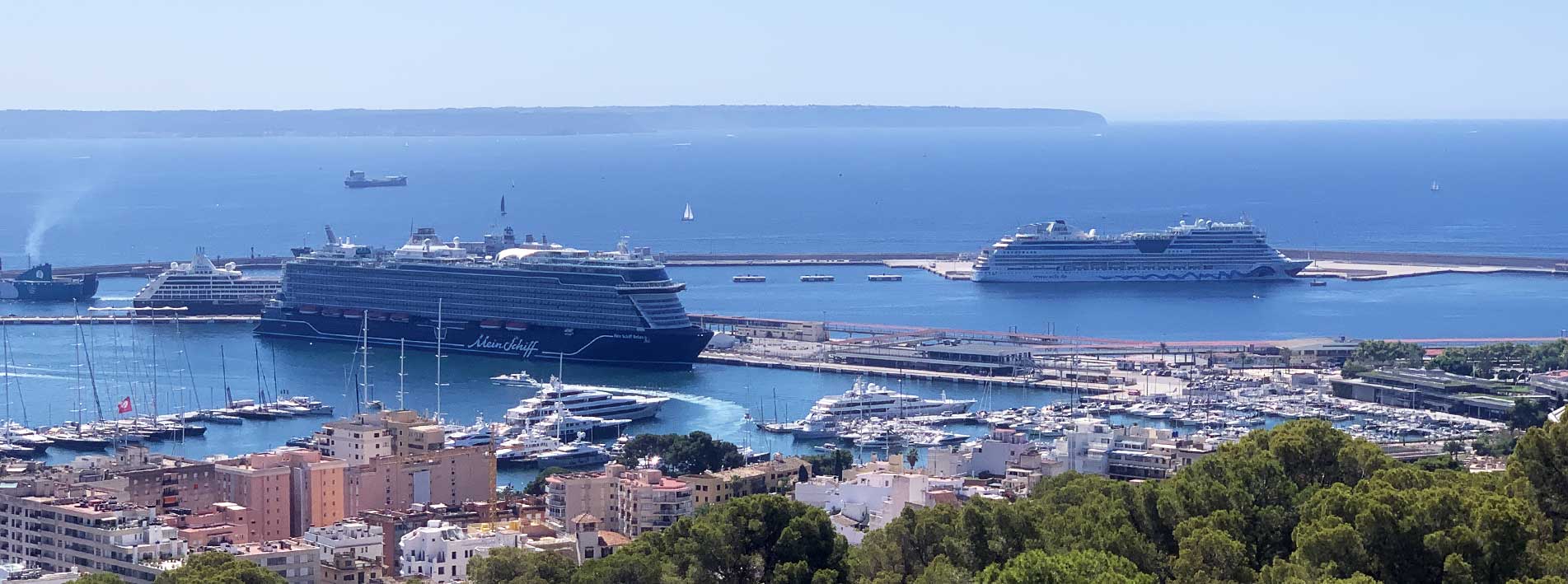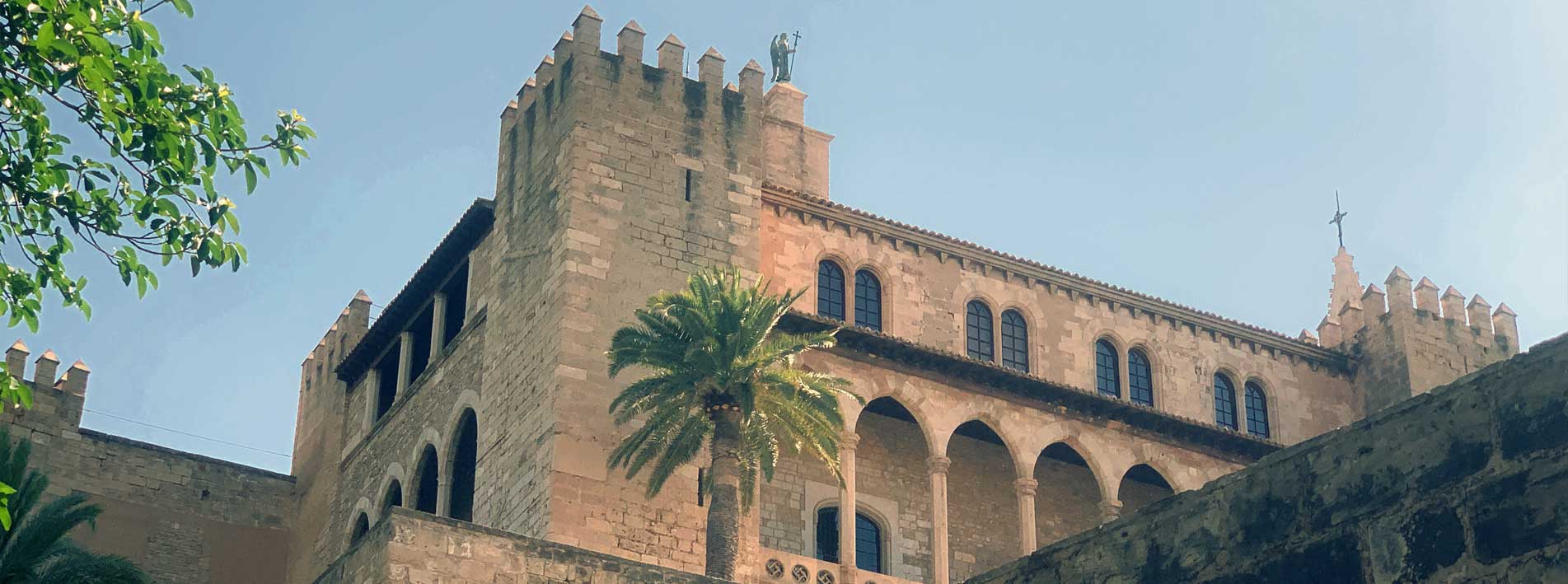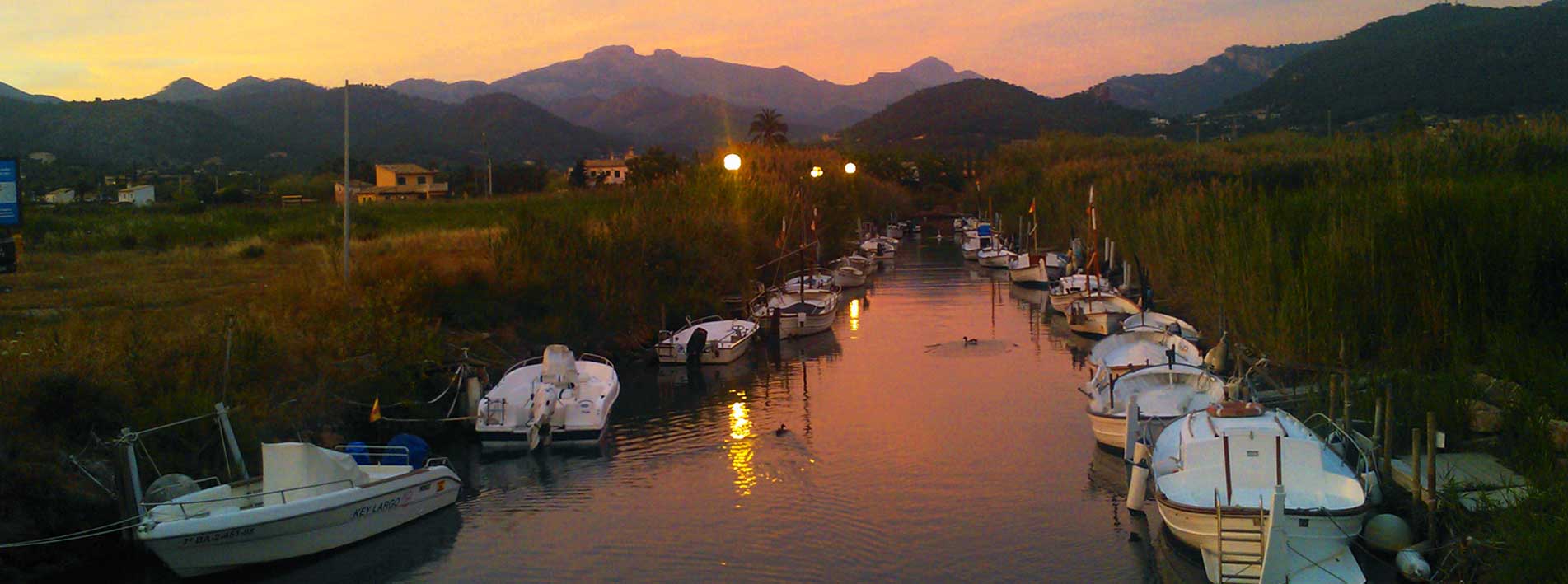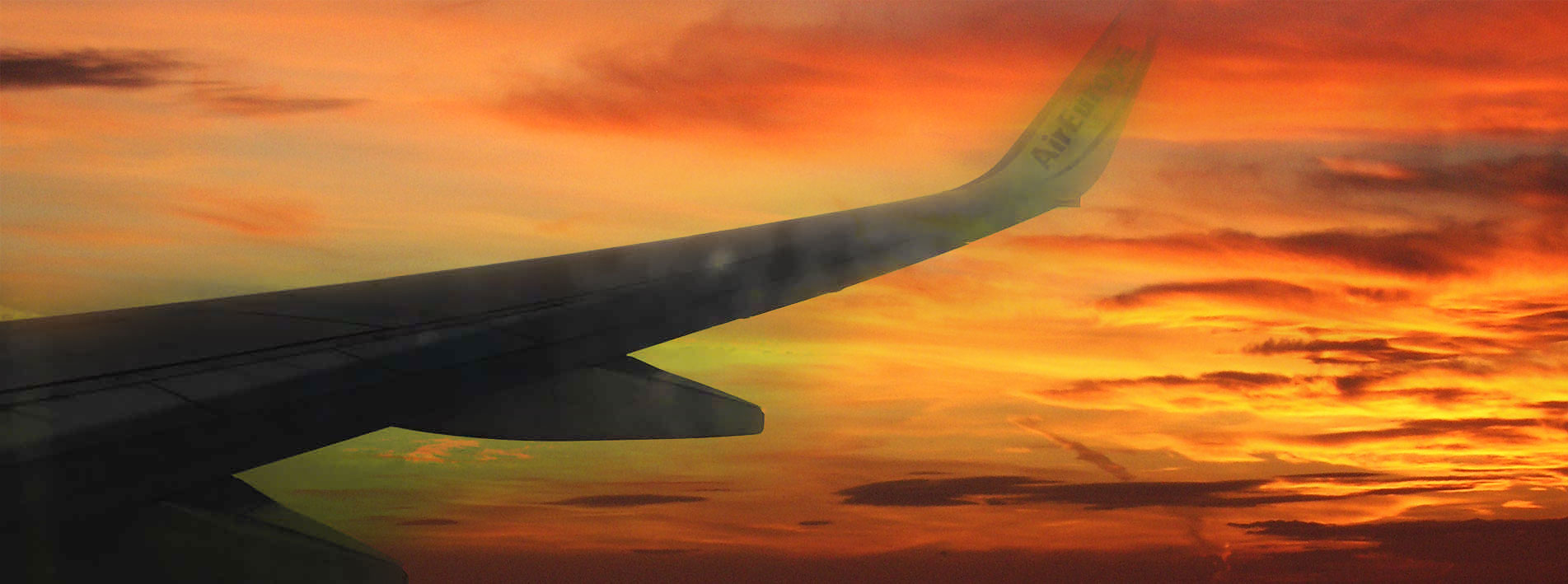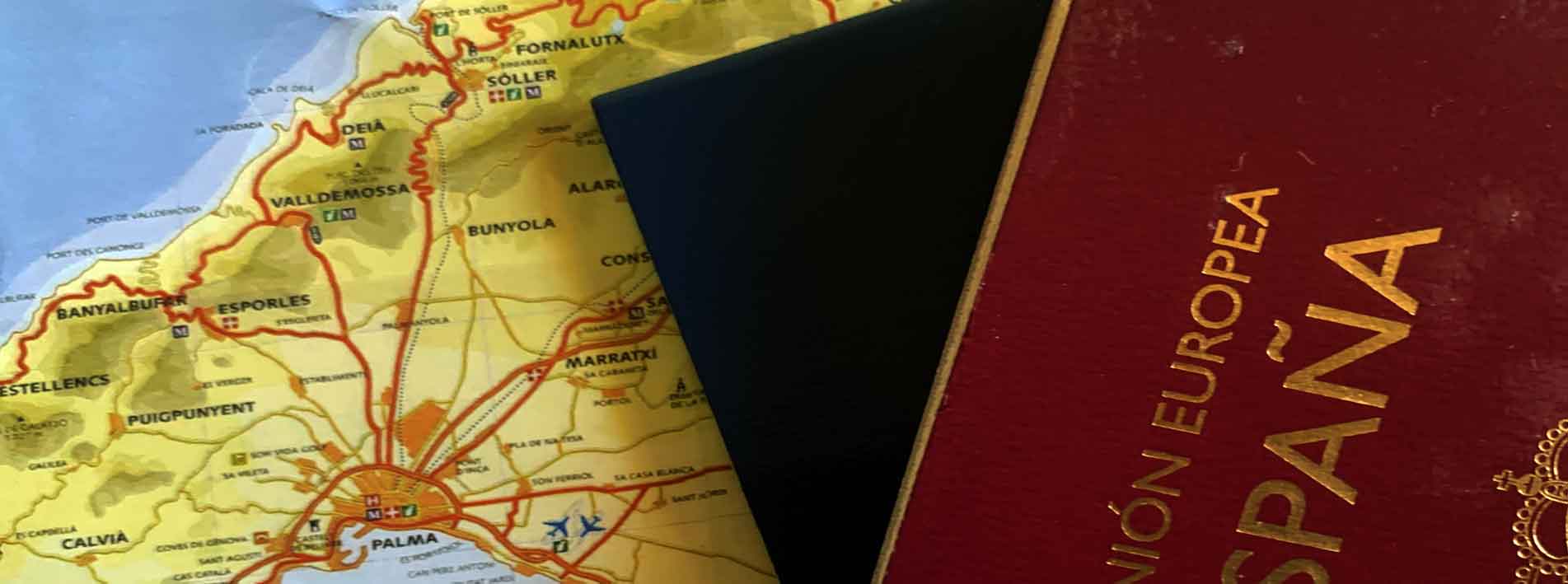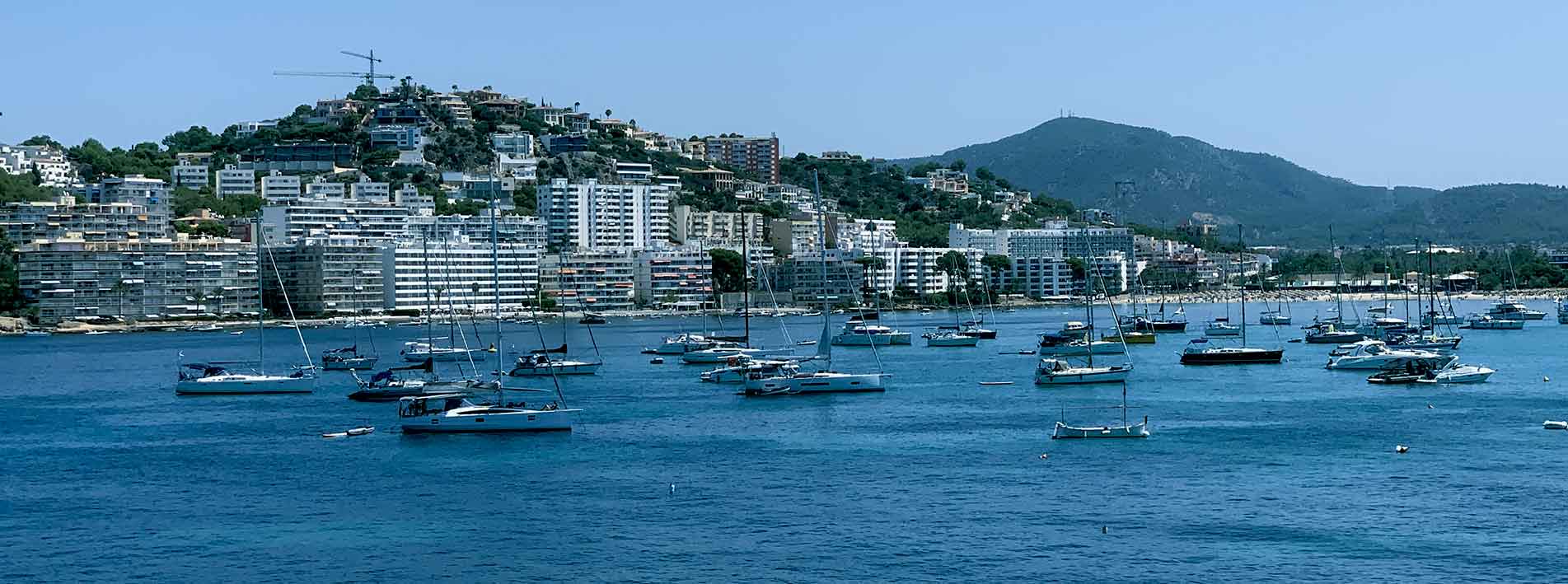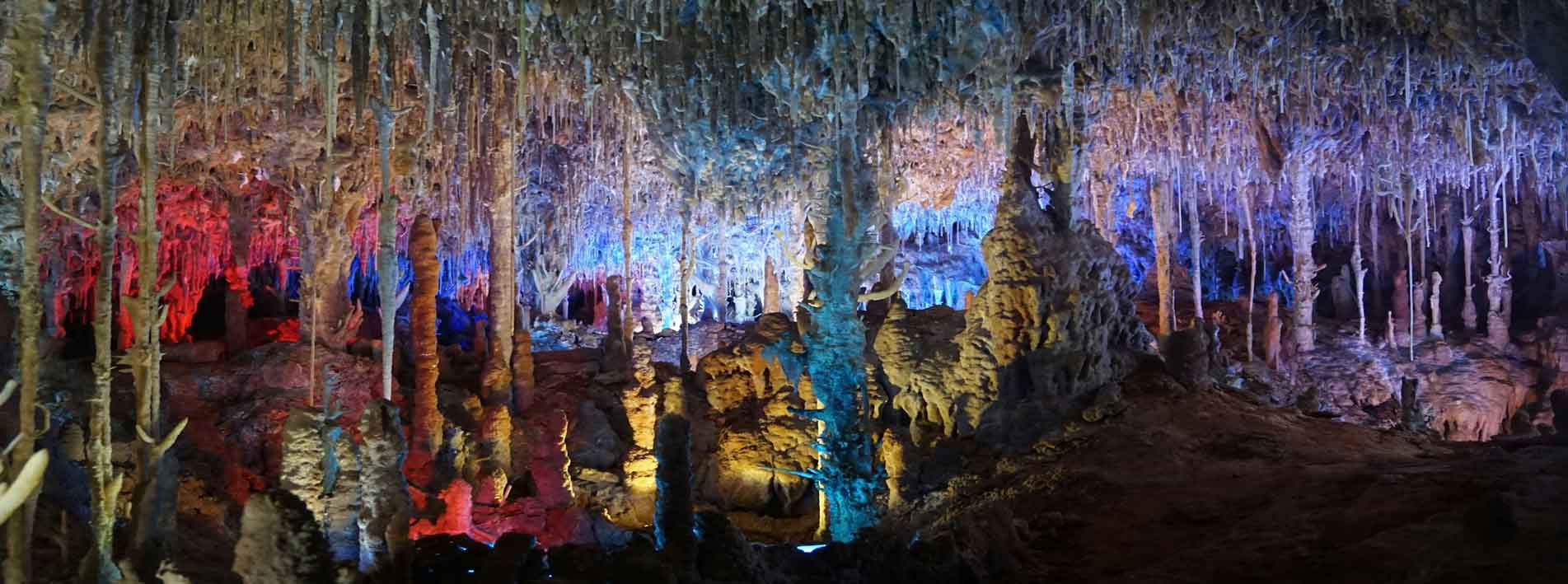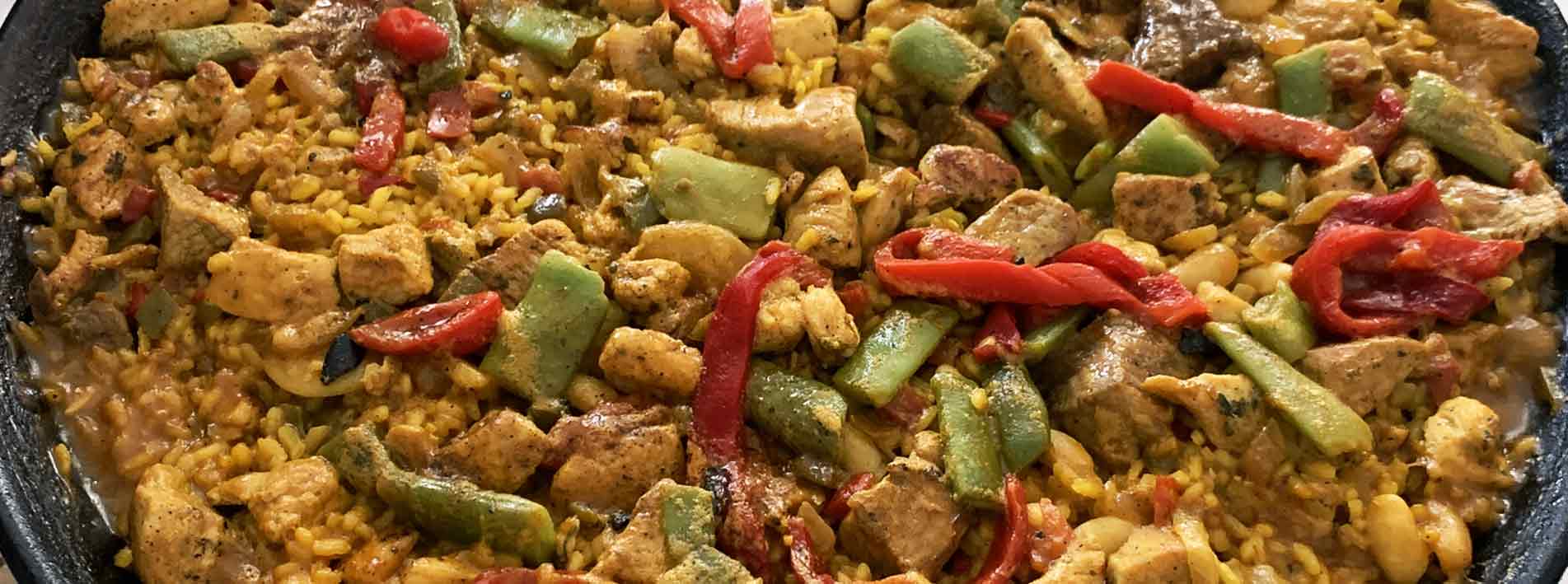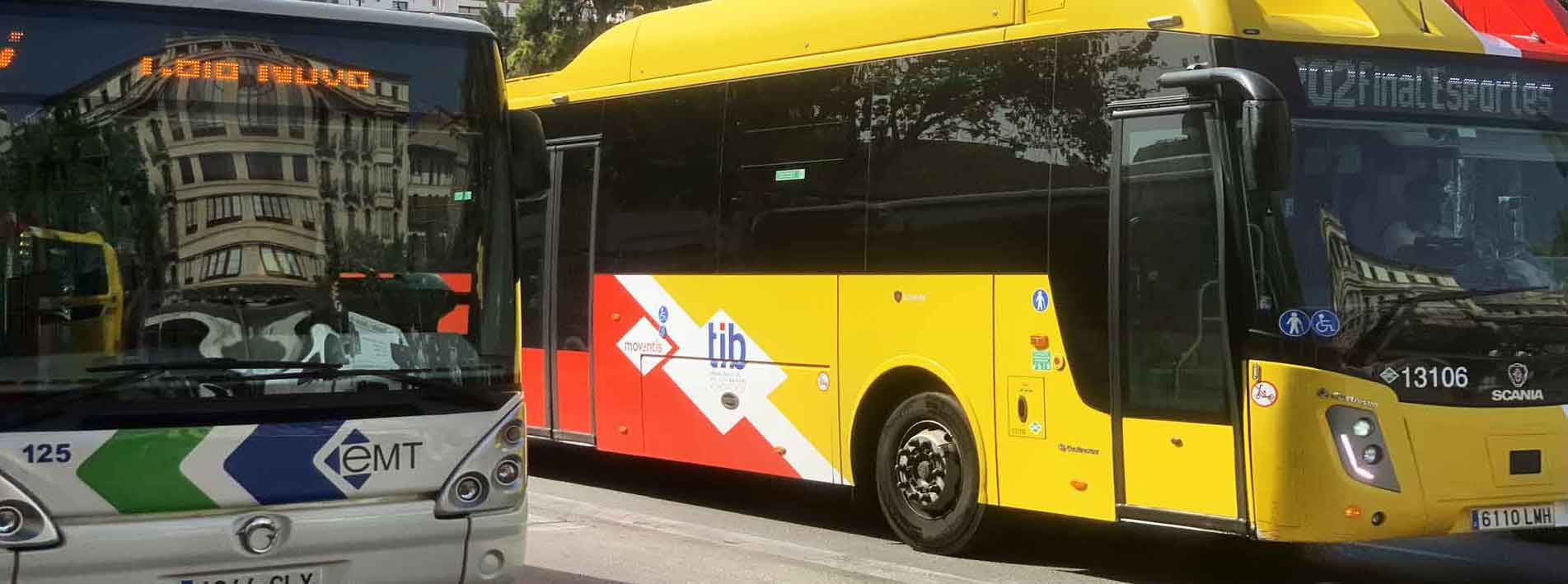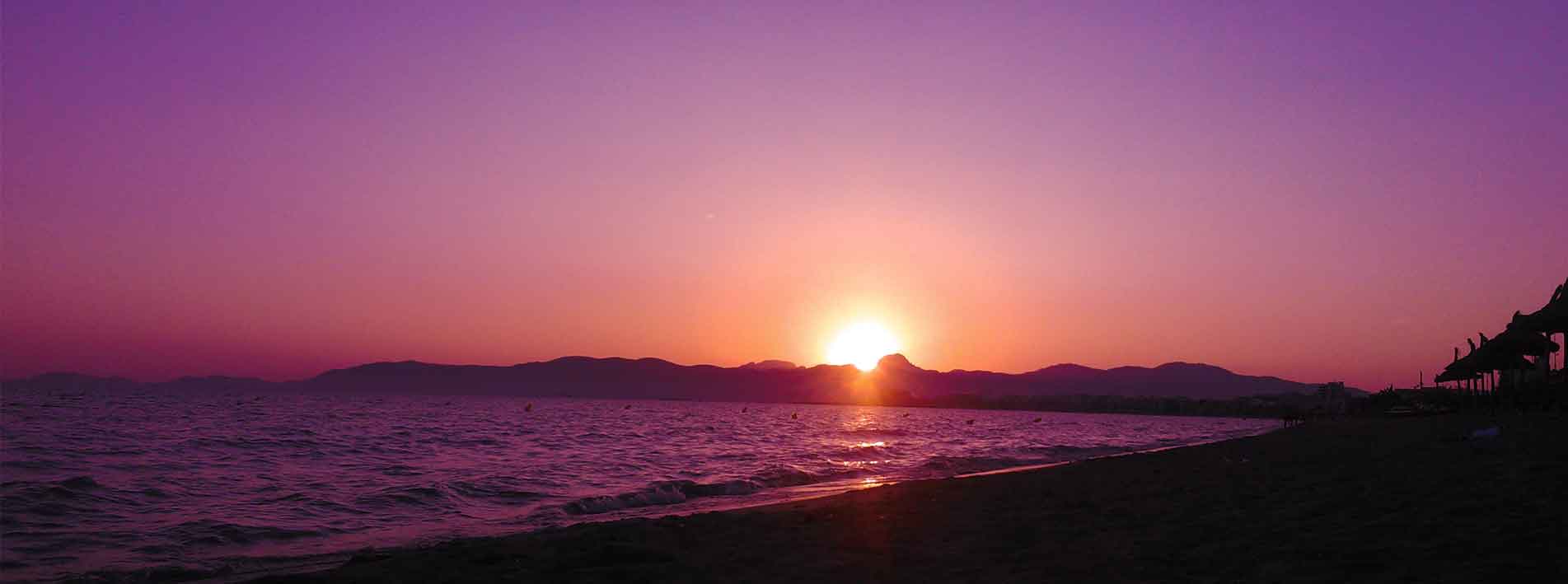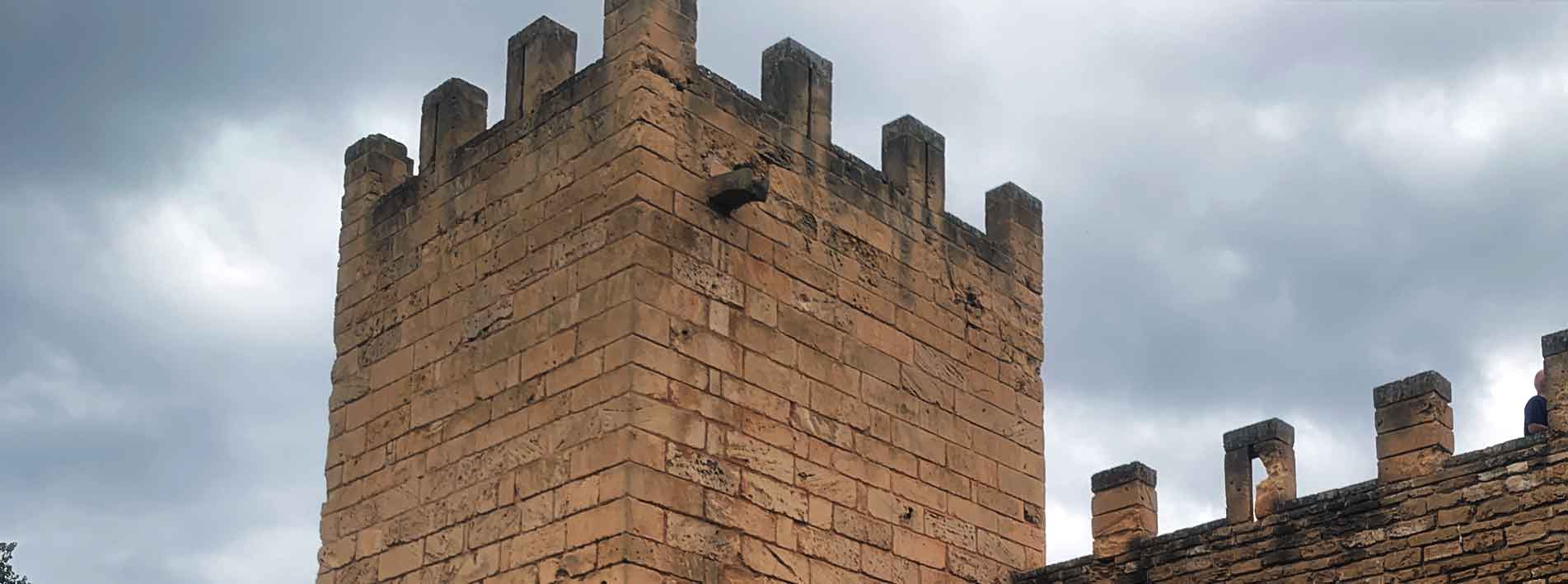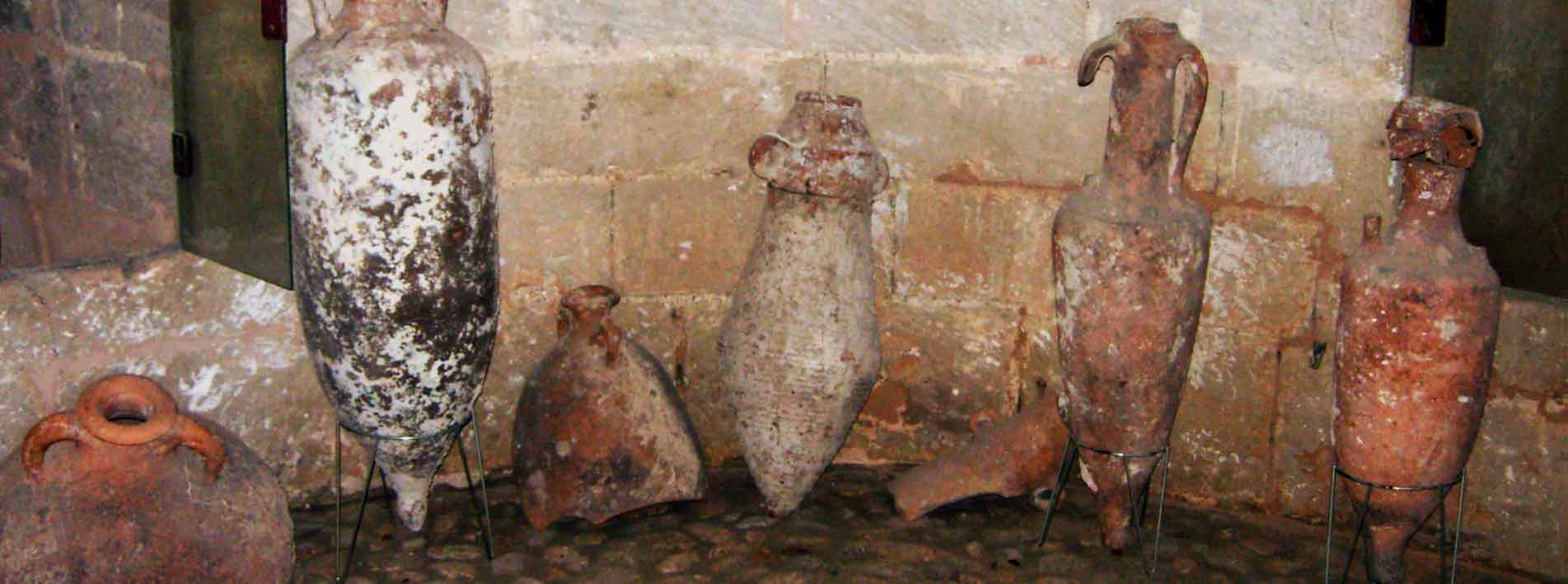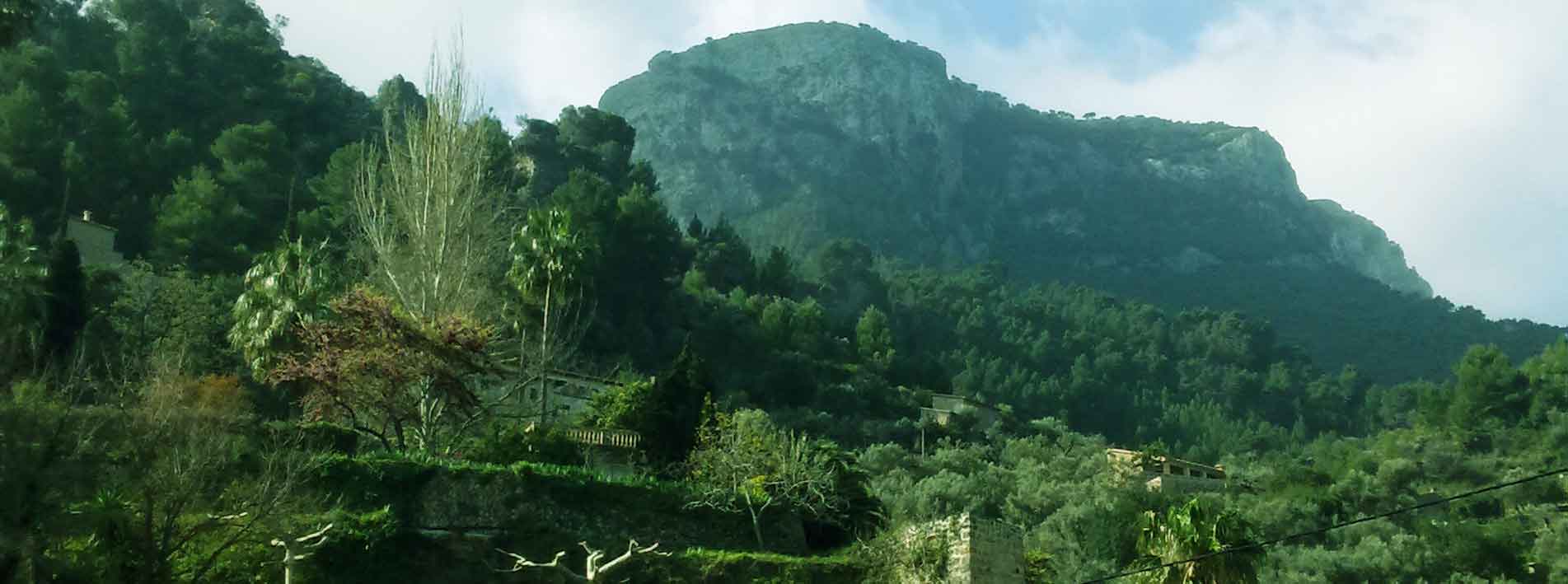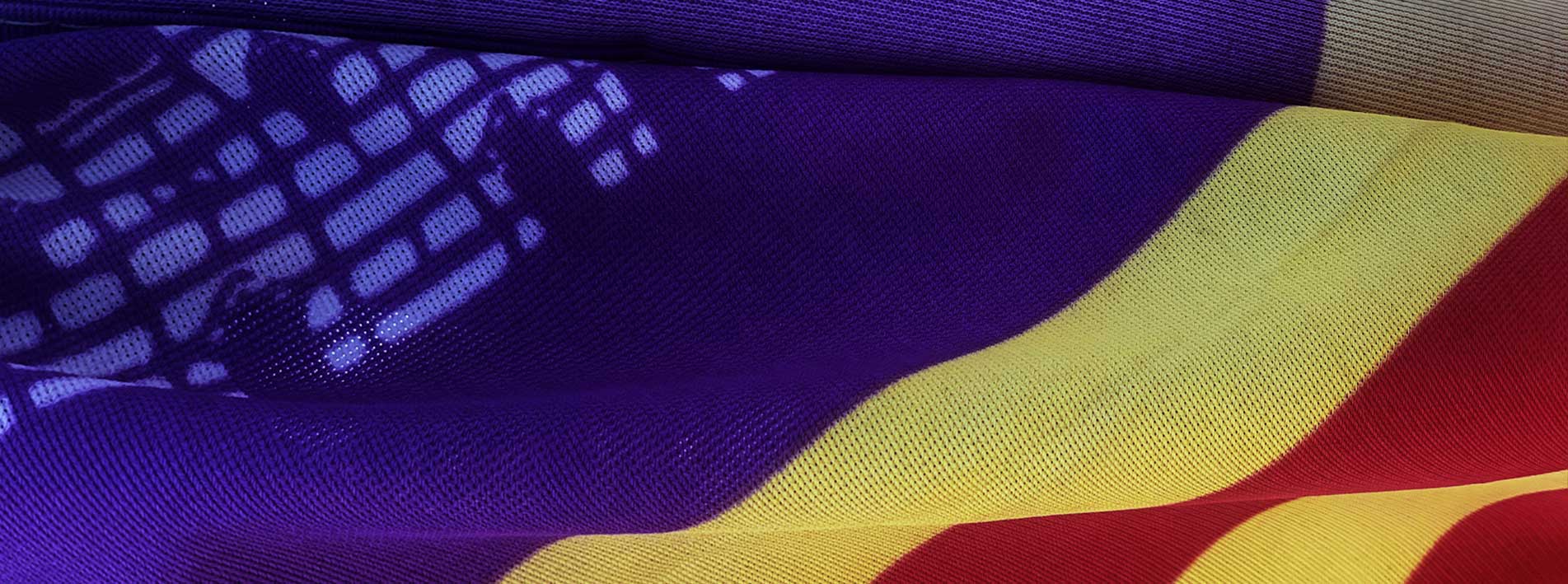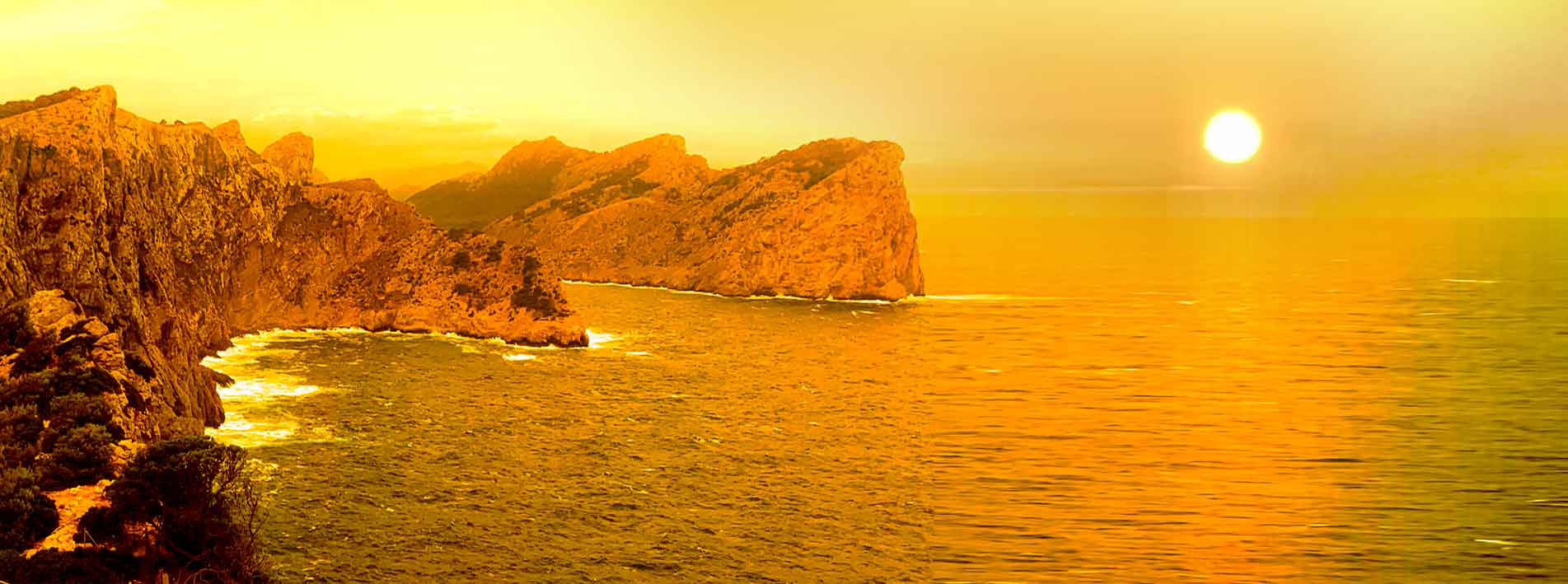Palma de Mallorca
What to see do in Palma
Palma de Mallorca (officially Palma) is a municipality and county, as well as the capital of Mallorca, the largest of the Balearic Islands. It is a cosmopolitan and vibrant city, rich in history, culture and geography. It is located in the southwestern area or zone of the island, in the center of the Bay of Palma, about 13 meters above sea level. Palma is bordered to the north by the municipalities of Esporles, Valldemossa and Bunyola. To the east, it borders Marratxí and Santa Eugènia. To the south, it borders the Mediterranean Sea and to the west, Calvià and Puigpunyent.
Palma has a rich history dating back to ancient times. The city was founded as a Roman colony in 123 BC by Quintus Caecilius Metellus. Before the arrival of the Romans, the area was inhabited by Talayotic populations, known for their naviform settlements and marine culture.
Toponymy
The evolution of the place name Palma de Mallorca has been a dynamic process, reflecting its rich history and the different cultures that have influenced it. Gimnesia was the name given by the Greeks to the islands of Mallorca and Menorca. The Romans preferred the term Baleares to designate the administrative unit that included these islands and the Pitiusas and they called the city in question Palma.
During Muslim rule, it was known as Madîna Mayûrqa. After the Christian conquest by James I, it was called Ciutat de Mallorca. Finally, in the 18th century, it regained its original Roman name, Palma, although “de Mallorca” is commonly added to distinguish it from other localities with the same name.
Location in Palma Bay
Palma stands on a hill, which was once reached by the sea. The bay, with its easy access and calm waters, has been a strategic point for maritime trade since ancient times. The bay is located in the southwest of the island of Mallorca, between Cala Figuera and Cabo Blanco.
The bay and the city of Palma have been important commercial and strategic centers throughout history, from the Phoenicians and Carthaginians to the Romans and Arabs. The city has grown along the bay, extending beyond its defensive walls in the 20th century with the Calvet urban development plan. Today, Palma is an important tourist capital, with beaches and activities along the bay.
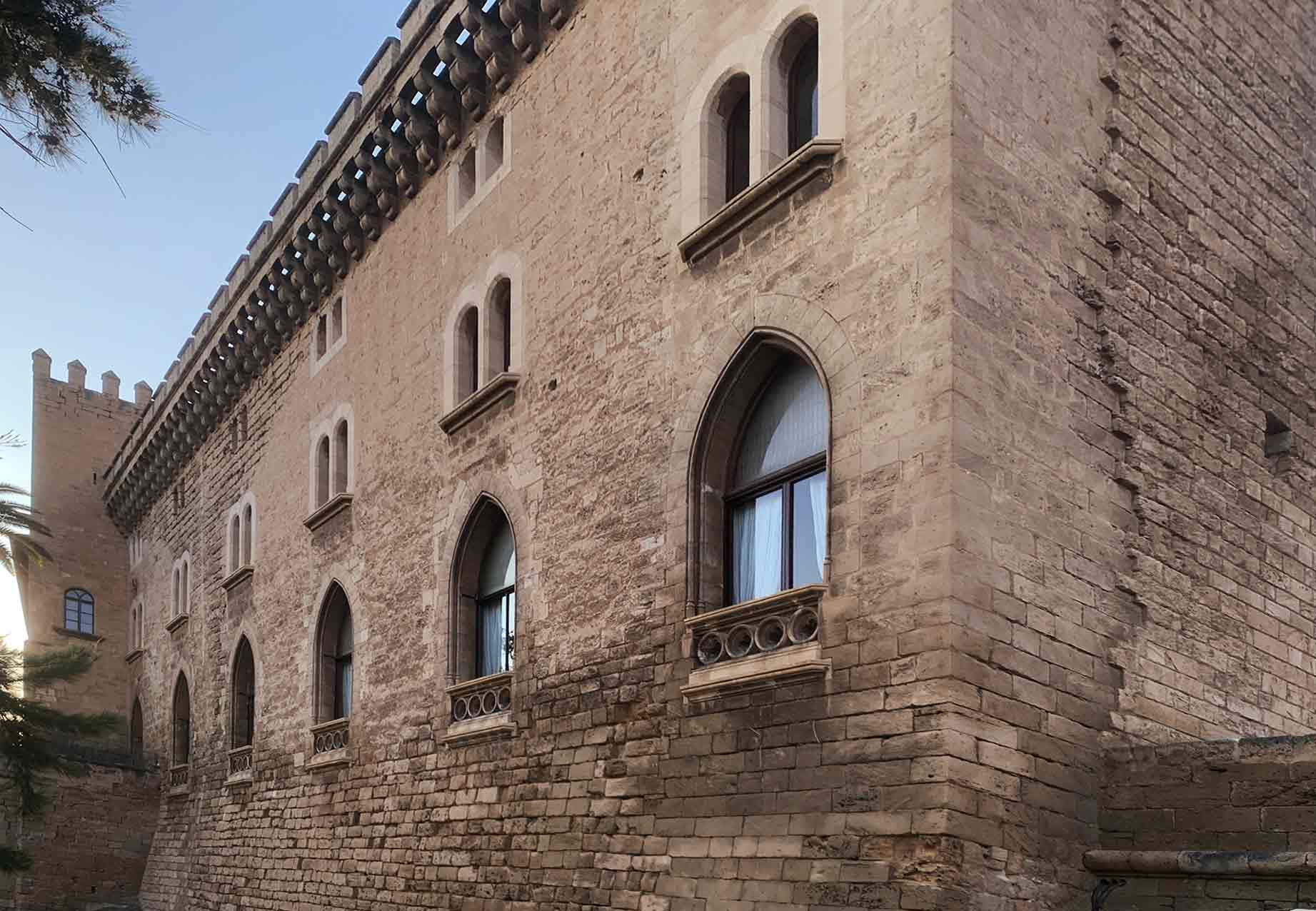 Climate in Palma
Climate in Palma
The climate in Palma de Mallorca, as in the rest of the island, is typically Mediterranean, with warm temperatures in summer and mild temperatures in winter. The summer months, from June to September, are hot and dry, with average maximum temperatures around 84-88°F, while winters are mild, with average minimum temperatures around 46-50°F.
Accessibility to Palma de Mallorca
Palma de Mallorca, the island’s capital, is easily accessible by air and by sea. Palma Airport (PMI) offers direct flights to numerous European cities and connections to the rest of the world. In addition, the city has a major port that receives ferries and cruise ships from various destinations.
Air access to Palma
Palma de Mallorca Airport (PMI) is located about 8 km from the city center and offers direct flights to many European cities and connections to the rest of the world.
Transportation from the airport: Bus (line A1), taxi, or private transfer service are the options for getting to the center of Palma from the airport.
Maritime Access to Palma
By Boat: The port of Palma is an important arrival point, especially for cruise ships and regular ferries departing from ports in various Spanish cities, such as Barcelona, Valencia, Denia and Alicante. Journeys take approximately 6 to 8 hours, depending on the departure city.
From other Balearic Islands:
From Ibiza: There is a popular direct ferry route to Palma.
From Menorca: You can go directly to Palma or use a combination of a ferry to Ciutadella and then another to Alcudia.
From Formentera: There is no direct connection, so you must go to Ibiza first.
 Urban Planning in Palma
Urban Planning in Palma
The urban structure of Palma de Mallorca is characterized by a mixture of medieval old town and modern expansion, with a historic center surrounded by suburbs and residential neighborhoods. The city has experienced significant growth throughout the 20th century, driven by tourism and immigration, which has led to urban expansion beyond the medieval walls.
How is Palma de Mallorca divided?
Palma is divided into five districts: North, Center, West (Poniente), East (Levante) and Playa de Palma, each with its own demographic and urban characteristics.
 Origin and historical summary of Palma de Mallorca
Origin and historical summary of Palma de Mallorca
The history of Palma de Mallorca is a mixture of cultures and civilizations that have left their mark on the city, creating a rich cultural heritage. Before the Roman conquest, Mallorca was inhabited by the Talayotics, a people known for their large stone constructions, the talayots and their advanced seafaring civilization. It is believed that the current settlement of Palma was occupied by a Talayotic seafaring village.
Although the Greeks did not found Palma, they were the first to sail around the Balearic Archipelago and gave the islands of Mallorca and Menorca the name Gimnesias. The Greeks were the first to sail around the western Mediterranean, establishing trade routes and colonies, so their mark is very present in the history of Mallorca.
The city was officially founded in 123 BC as a Roman colony by Quintus Caecilius Metellus Balearicus, with the name Palmaria Palmensis (palm tree of victory). In Roman times, Mallorca, together with Menorca, was part of the Roman province of the Balearic Islands. It is believed that the Roman settlement corresponds to the ruins found under the historic center of Palma. During this period, two large avenues were built, called Cardo (running north to south) and Decumanus (east to west), characteristic of Roman cities.
At the end of the Roman Empire, the city was occupied by the Vandals and later ceded to the Byzantines. After the fall of the Western Roman Empire, the Vandals, led by Gunderic, invaded Mallorca in the 5th century, taking advantage of the fragmentation of Roman power. This period is characterized by instability and a lack of detailed records about life on the island.
In 534, the Byzantine Empire, under the command of Belisarius, conquered Mallorca from the Vandals, seeking to restore Roman authority. The Byzantine presence brought with it cultural and administrative influence, although its rule was not absolute and it faced Muslim incursions from North Africa.
From the 8th century onwards, Muslim incursions intensified and the Byzantine presence in Mallorca gradually weakened. In 903, the city of Palma was conquered by the Muslim Isam al-Khawlani, marking the end of Byzantine influence and the beginning of Muslim rule. The Arabs conquered the island and ruled for more than 300 years. They named the city Madina Mayurqa.
The Muslims transformed the ancient Roman city of Palma, which was in decline, into a prosperous city. They built mosques and baths and adapted the urban layout, although they retained some Roman structures. Madina Mayurqa became an important commercial and cultural center, with connections across the Mediterranean and a thriving market for local products. The city’s layout was characterized by narrow, labyrinthine streets, typical of Andalusian cities, with a radial structure around the main city.
After the Christian conquest in 1229, a gradual conversion of the city took place, with the construction of Gothic churches and late medieval palaces, although the Islamic legacy can still be seen in the urban landscape. Although the Christian conquest by James I brought about changes, many elements of Madina Mayurqa’s urban design remain in the historic center of Palma, such as the Arab baths and the street layout.
The evolution of Palma de Mallorca during the Ciutat palmesana, the period between the Muslim conquest (903) and the Christian conquest (1229), was crucial to the formation of the city and its current characteristics. During this period, Palma became one of the most important cities in the region, with remarkable demographic and urban growth.
In summary, Palma de Mallorca has evolved considerably over the centuries, from a Roman settlement to an important tourist and administrative capital. Its history includes periods of Roman, Muslim and Christian rule, each of which has left its mark on the city.
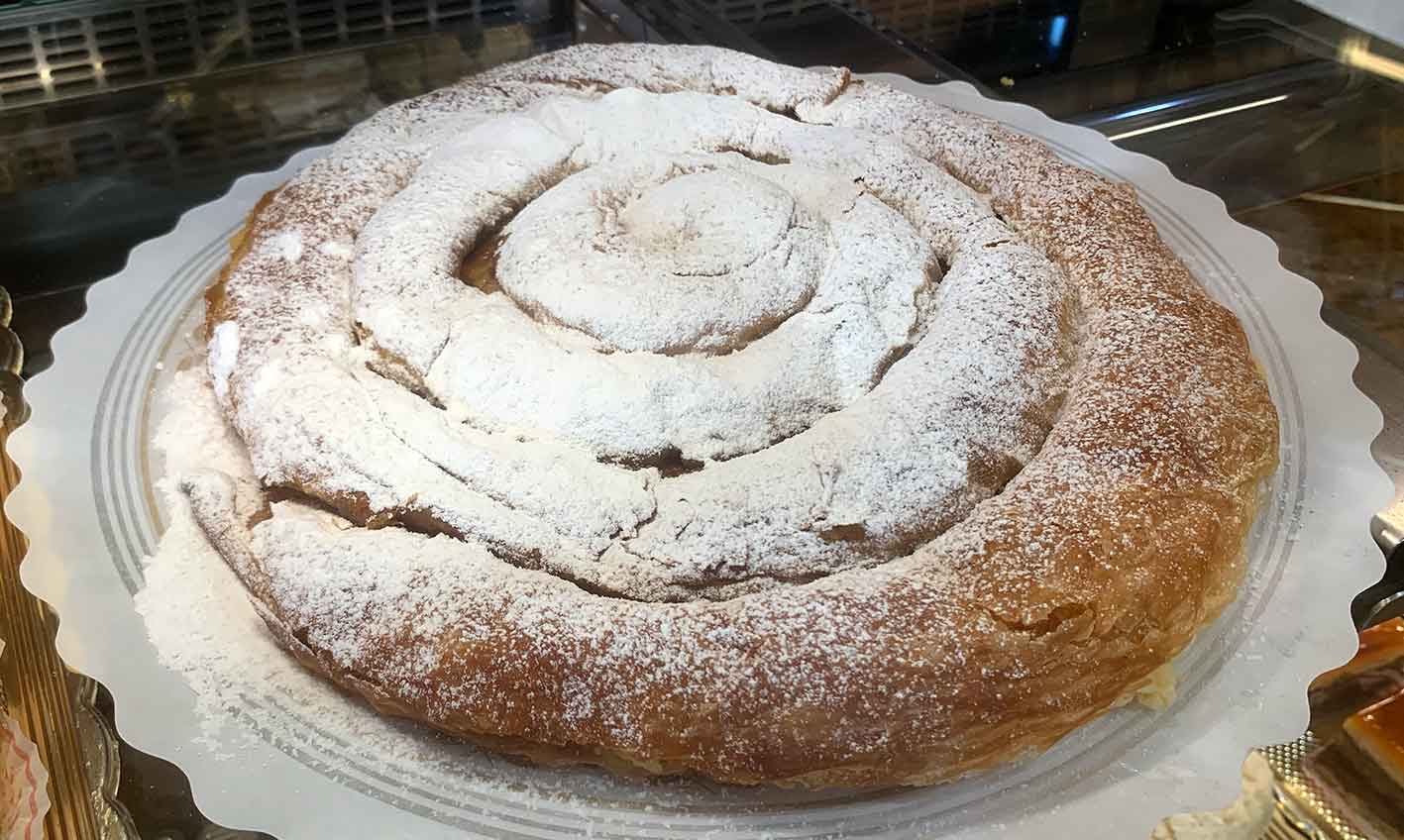 Palma’s cuisine
Palma’s cuisine
The gastronomy of Palma de Mallorca is characterized by the use of fresh, local ingredients such as fish, seafood, pork, vegetables and olive oil. Typical dishes of Mallorcan cuisine in Palma include sobrasada, tumbet, frit mallorquín and pa amb oli. In addition, you can’t miss out on trying the local wine and sweets such as ensaimada, gató and cocas. Find out here more information about Mallorcan wines.
We recommend exploring the variety of flavors the island has to offer, beyond the most well-known dishes. It’s a good idea to visit local markets such as the Mercat de l’Olivar in Palma to try fresh produce and typical dishes.
Hotels and accommodation in Palma de Mallorca
In Palma de Mallorca, you can find a wide range of accommodation options in different styles and price ranges. In the island’s capital, you can find everything from boutique hotels to more rustic and family-friendly options, including charming hotels and hostels to suit different tastes and budgets. The city itself has a vibrant and lively atmosphere, perfect for enjoying a relaxing stay and a lively nightlife.
Palma de Mallorca offers a complete experience that combines the beauty of its geography, the richness of its history, its culture and delicious gastronomy with accommodation options for all tastes, from boutique hotels to charming houses and apartments located in different neighborhoods of the capital. Availability varies depending on the time of year, so it is advisable to book in advance through platforms such as Booking.com, Tripadvisor, or directly with the accommodations, especially during the high season.
The cultural legacy of Palma de Mallorca
Palma de Mallorca has a rich cultural legacy thanks to the heritage of Roman, Muslim and Christian civilizations. Its old town, with the Cathedral, the Almudaina Palace and the Lonja, is an architectural treasure. In addition, the city offers museums such as Es Baluard and the Miró Foundation, as well as historical sites such as Bellver Castle and the Arab Baths. Thus, the cultural heritage of Palma de Mallorca can be explored through:
The Cathedral of Mallorca (La Seu): A Gothic architectural gem with a spectacular rose window.
The Almudaina Palace (Palau Reial de l’Almudaina): A palace with a rich history, which has been the residence of the kings of Mallorca.
S’Hort del Rei, or the King’s Garden: is a historic garden in Palma de Mallorca, located at the foot of the Almudaina Palace.
La Lonja de Palma (La Llotja): A Mallorcan Gothic merchant building, key to the commercial history of the city.
Bellver Castle: A Gothic fortress with stunning views of the city.
The Arab Baths: 11th-century baths that preserve the heritage of Muslim culture.
The Old Town: Strolling through Palma’s historic center is like discovering a labyrinth of streets lined with historic buildings, churches and convents.
Plaza Major: A lively social hub with markets, terraces and cultural events.
Jewish Quarter: A historic area with a unique charm and medieval architecture.
The Gothic Route: An itinerary that takes you to the city’s main Gothic buildings.
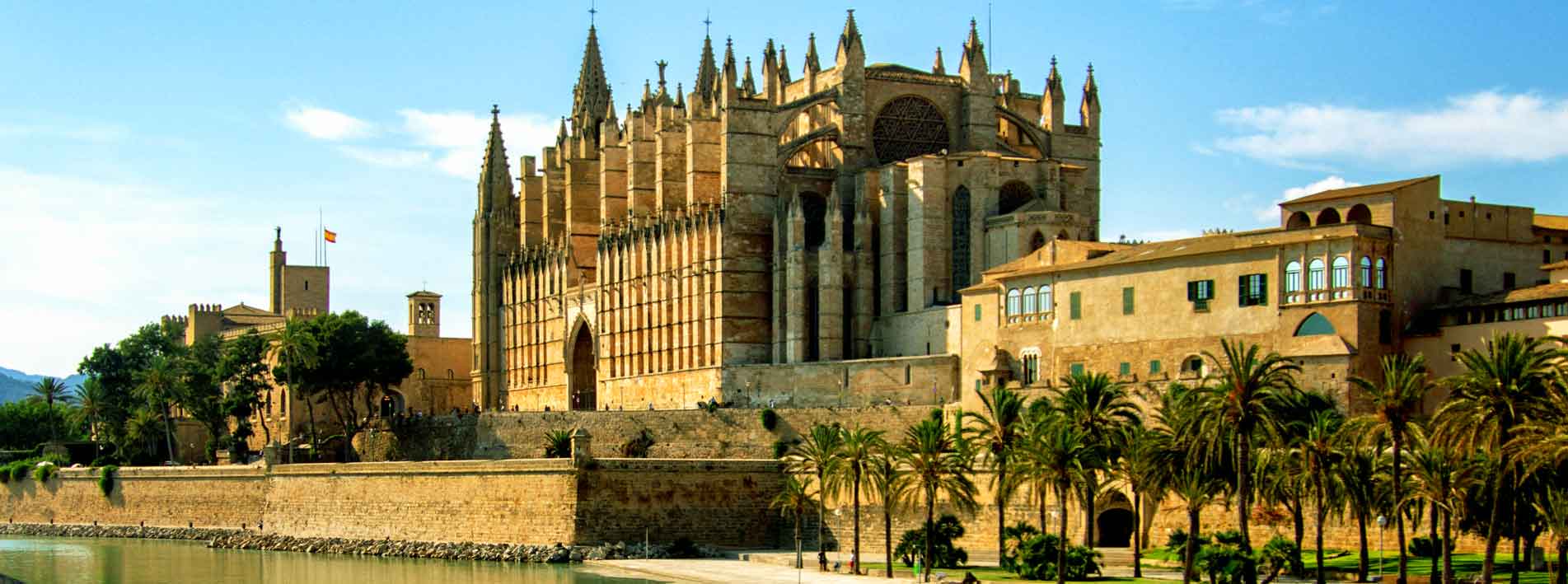 Museums in Palma de Mallorca
Museums in Palma de Mallorca
Palma de Mallorca offers a rich cultural scene with several museums and art galleries that are well worth visiting. Among the most important cultural institutions are:
Es Baluard Museum of Modern and Contemporary Art: A space dedicated to the exploration of contemporary art and creativity.
Juan March Foundation Museum: Presents an extensive collection of art and culture.
Pilar and Joan Miró Foundation: Dedicated to the life and work of artists Joan Miró and Pilar Miró.
Can Bordils Municipal Archive: Municipal archive with historical documents.
Casal Solleric: Art gallery exhibiting works by local and international artists.
Diocesan Museum of Mallorca: A museum exhibiting the island’s sacred art.
Museum of Mallorca: Offers an insight into the history and culture of Mallorca.
Other Places of Interest in Palma
The markets of Palma de Mallorca are fundamental to both the daily life of residents and tourism, acting as centers of culture, gastronomy and local commerce.
Playa de Palma: A long beach with fine sand and shallow waters, ideal for families, with a long promenade and a significant hotel and gastronomic infrastructure.
Other beaches and coves: Palma has other beaches and several beautiful coves in its surroundings, such as Cala Comtessa, Cala Pí and others, which are relatively easy to access.
Paseo del Borne: A pedestrian area with shops, restaurants and bars.
Plaza de España: A central public space with monuments and events.
Olivar Market: A traditional market where you can find local products and handicrafts.
And that’s all for this brief tourist guide and travel assistant to the city of Palma de Mallorca. We hope it’s helpful.
By the way: Are you coming to Mallorca on a tourist trip? If you find it helpful, you can also check out our travel guide to Mallorca and more tourist information about the island.

